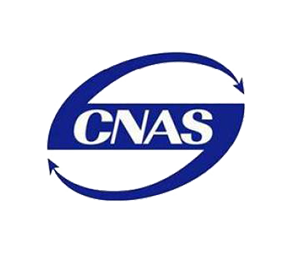In view of the risk of gas leakage caused by external force in PE pipeline, in order to ensure the correct, timely and rapid emergency response after the risk is out of control, this principle is specially formulated according to the company's twenty-word on-site emergency response work method and interpretation. This principle is applicable to the on-site emergency response of gas leakage in PE pipelines where leaks have been found. The emergency response of unknown leaks should also follow the "Emergency Response Principles for Unknown Pipeline Gas Leaks". This principle can guide the grassroots to formulate an on-site emergency response plan for PE gas leaks, but it cannot replace the on-site emergency response plan for PE gas leaks.
The emergency response process for PE pipe gas leakage incidents is generally divided into five stages: discovery report, alarm, emergency response, leak repair, and recovery.
Ⅰ、Discovery report
There are two situations after the discovery of PE pipeline gas leakage: internal personnel found during line patrol or monitoring; discovered by social personnel. Both situations constitute the source of leakage reports.
1. Report after internal personnel discover leaks during line inspection or monitoring If internal personnel discover gas leaks in pipelines, they should immediately go to the upwind side of the leak point and call the unit's alarm number in a place where there is no gas concentration to report: the approximate location of the leak; the basic conditions of the pipeline (material, diameter, pressure, direction); the approximate conditions of the leak (leakage volume, secondary fire, explosion, casualties, etc.); and the approximate cause of the leak.
To ensure the effective implementation of discovery and reporting, internal personnel responsible for line inspection or monitoring should meet the following principles:
(1) Be familiar with the reporting phone number, be equipped with and carry leak detection tools, and have communication means (carry a mobile phone or explosion-proof walkie-talkie, etc.);
(2) Understand the basic conditions of the pipelines within the jurisdiction (material, diameter, pressure, direction, and distribution of ditches, wells, and culverts around the pipelines);
(3) Have emergency response capabilities for gas leaks.
2. Report after discovering pipeline leakage. After discovering pipeline leakage, members of the public call the unit’s alarm phone number to report. The telephone caller should ask: the approximate location of the leakage; the approximate situation of the leakage (leakage volume, whether there is fire, explosion and casualties, etc.); the telephone number and name of the person reporting the leakage.
To ensure the effective implementation of discovery and reporting, the unit should abide by the following principles:
(1) The unit should ensure the public disclosure of the alarm phone number, and at the same time set up a gas pipeline sign above the pipeline and mark the alarm phone number;
(2) Take measures such as distributing publicity materials and hiring voluntary safety officers to enhance the risk awareness of social joint prevention;
(3) Publicize and implement the reward mechanism for reporting hidden dangers to stimulate the enthusiasm of the masses to assist in prevention.
Ⅱ、Receiving and warning of reports
The unit should determine the responsible position for receiving alarms and formulate information reporting and transmission procedures for receiving alarms.
1. Principles of the alarm phase
(1) Appropriate and sufficient personnel should be deployed to ensure the timeliness of answering the alarm call and issuing the alarm information (responsibility is on duty, and there is no overlap or gap in the responsibility time) and the integrity of the alarm information received;
(2) The person who receives the alarm should record the location of the danger, the cause of the danger, the condition of the danger (such as gas leakage, fire, explosion, whether there are casualties), the name of the person who reports the danger, the contact number, and the time of receiving the alarm;
(3) Sufficient communication means should be equipped to meet the needs of receiving alarms and warnings. The alarm phone should have a recording function to ensure that the recording time is not less than 24 hours.
2. Capabilities that the police should possess
(1) Be familiar with the basic conditions of the unit's pipelines (material, diameter, pressure, direction), and be clear about the control range of each valve on the pipeline (including the impact range of gas outage);
(2) Be clear about the local responsible persons and contact information for patrolling each area;
(3) Master the emergency procedures for pipeline leakage in the unit and be able to start them correctly;
(4) If a member of the public calls the police, be able to use the phone to guide the caller on how to avoid danger (guide the caller to stay away from the leakage point, stay upwind, prohibit fire, remind passers-by and vehicles, etc.). 3. Basic procedures for early warning (implementation time needs to be recorded)
(1) If the alarm is reported by a member of the public, the person who receives the alarm will first notify the local patrol personnel at the leakage point to rush to the accident site, verify the on-site situation and carry out preliminary disposal; (this step is omitted for internal personnel reporting the situation)
(2) Notify the maintenance and repair personnel to start emergency preparations for PE pipeline leakage;
(3) Report to the emergency leader of the unit to request to start the pipeline leakage emergency procedure;
(4) Notify other emergency teams to start emergency preparations according to the instructions of the emergency leader;
(5) After receiving the early warning, the maintenance and repair personnel should quickly prepare emergency equipment and materials according to the early warning information. A list of emergency equipment and materials for different events should be established in advance, and the list should be detailed and customized if conditions permit.
Ⅲ、Emergency response
Includes two parts: preliminary disposal and leakage control disposal.
1. The initial disposal is carried out by the internal personnel who arrive (discover) first. Generally, the number of people is less than 2, and they should try their best to complete the following disposal work:
(1) Evacuate the crowd around the leak point in the upwind direction and prohibit the surrounding fire sources;
(2) Detect the leakage concentration and explore the leakage impact boundary;
(3) Implement preliminary warning at the scene according to the detection boundary limit. If the leakage volume is large, call 110, traffic police, and fire department for reinforcement.
2. Leak control disposal is generally carried out by emergency personnel who arrive at the scene after the unit initiates the emergency procedure. It mainly includes the following disposal work (which can be implemented simultaneously according to the emergency division of labor):
(1) Detailed inspection of the specific situation of the leak point (respirators should be worn for serious leaks);
(2) Detailed inspection and secondary detection (including surrounding ditches, wells, culverts and buildings);
(3) Close the scene for warning and set up warning areas and work areas. In case of serious leakage, firefighting can be requested to spray water mist near the leakage point, fire is prohibited in the warning area, and real-time monitoring is implemented around the warning area;
(4) On-site command organizes the formulation of valve control plan (valve closing or pressure reduction) according to the situation;
(5) Predict the impact range of valve control, inform the affected downstream users in advance, and prepare for emergency gas supply when necessary;
(6) Implement valve control according to the formulated plan, detect and monitor whether the effect of valve control reaches the expected goal of the plan, and ensure that the leakage is within the controllable range;
(7) Take venting measures (temporary venting pipe, explosion-proof axial flow fan) when necessary;
(8) Prepare machinery and tools for excavating the leakage point and repairing the working surface (pay attention to taking explosion-proof measures when leaking).
3. Key points and principles of emergency response
(1) The unit should clarify the on-site emergency command of pipeline leakage in advance and grant on-site emergency decision-making power. Other personnel should obey the command unconditionally;
(2) After the emergency procedure is initiated, each emergency team should be in place and perform their duties in a timely manner according to their emergency responsibilities;
(3) Clarify key operating emergency personnel in advance (use appropriate people, and key personnel should be evaluated in advance);
(4) Clarify in advance the person responsible for timely reporting on-site information and receiving instructions from superiors to ensure smooth on-site information;
(5) Prepare in advance a detailed list and drawings of different valves for leaks at different locations, and pre-evaluate the consequences of closing the valves (Number of households with gas outages, time to restore gas);
(6) If secondary disasters (explosions, fires) have occurred after the leak, the gas source must be cut off and secondary accidents must be dealt with first;
(7) When concentrations are detected in buildings around the leak, fires must be banned inside the buildings and people must be evacuated;
(8) When the closed warning area includes roads, the public security and traffic departments should be requested to assist in closing the roads and conducting warnings;
(9) In the case of large-scale leaks, the concentration monitoring should take into account the influence of wind speed and direction, and the use of extraction and dispersion should take into account the influence of wind direction;
(10) Prevent emergency personnel or machinery and equipment from detonating gas during the disposal process, strictly control the number of emergency personnel in the warning area, and formulate methods and routes for emergency personnel to escape after the disposal is out of control.
IV. Leakage repair
Includes excavation and cleaning of the working surface and repair of the leakage point.
1. Precautions for excavation and cleaning of the working surface
(1) When excavating and cleaning the working surface, care should be taken to prevent impact sparks and poisoning. When excavating in the presence of gas concentration, explosion-proof axial flow fans should be used for forced ventilation and dispersion. At the same time, the gas concentration should be monitored to avoid collision sparks between the excavator and the ground;
(2) The size of the excavated working pit should meet the needs of emergency repairs and anti-collapse measures should be taken;
(3) During excavation, a special person must be assigned to pay close attention to the underground pipeline network to prevent the excavator from damaging the gas pipeline and other wires and cables.
2. Repair of leaking points in PE gas pipelines with valve shut-off treatment
(1) After closing the upstream and downstream control valves to effectively block the gas source, the PE pipeline that has been cut off should be vented and replaced;
(2) Detect the concentration of leaking gas on site to ensure that it does not exceed the standard (explosion limit 20%);
(3) When the pipeline leak is a local small hole-shaped leak, an electric fusion saddle pipe fitting can be used to block the damaged point, and the thermoplasticity of the PE pipe can be used to integrate the saddle pipe fitting with the pipeline wall for repair.
(4) When the pipeline is severely damaged, the damaged pipeline should be cut off, the oxide layer at the interface should be removed, and the two ends of the pipeline should be repaired with an electric melting sleeve.
3. Repair of PE gas pipeline leakage without closing the valve When the PE gas pipeline is repaired without closing the valve, the upstream and downstream valves should be controlled and the pressure should be reduced to ensure safety.
(1) Method 1: Use a pipeline repairer (clamp) for repair. First, clean the leaking part of the pipeline, then use a clamp of the corresponding specification to seal the leaking part, and then tighten the clamp to repair the pipeline. This method is a temporary remedial repair. For long-term use, the pipeline must be replaced and repaired according to the regulations.
(2) Method 2: Use the saddle repair method. It is suitable for repairing pipelines with minor damage, scratches on the surface or small local perforations. For smaller leaks, valve control and pressure reduction and wooden wedges can be used for temporary sealing. After the residual gas in the working pit dissipates (the concentration is beyond the explosion limit), use a rag to remove the dirt and debris on the pipe wall, and then perform saddle repair or pipe replacement.
The specific operation steps are as follows:
(1) Clean the damaged part of the damaged pipe and scrape off the surface oxide layer of the part to be welded;
(2) Firmly install the repair saddle on the pipe with the oxide layer scraped off, keeping it vertical to the pipe;
(3) Adjust the welding parameters (such as welding voltage, welding time, etc.) and weld;
(4) Check for leaks after cooling.
Method 3: Use a pipe clamp to change the pipe with air. It is suitable for emergency repair of PE pipes with a small outer diameter (generally less than 110mm) and severe damage. Changing the pipe with air means clamping and cutting off the air at both ends of the pipe section, while maintaining air supply for other pipe sections. Usually, two pipe clamps are required to cut off the air, and one pipe clamp can be omitted when close to the valve.
The operation steps of using the pipe clamp with air to replace the pipe are as follows:
(1) Place the pipe clamp about 1m away from the damaged part of the pipeline, slowly clamp the pipe clamp, and lock the pipe clamp after pressing to the limit block;
(2) Release the pipeline to be repaired to avoid possible pressure welding;
(3) Cut the pipe section with the damaged part and measure the length of the cut pipe section;
(4) Use a new pipe section and two electric fusion sleeves to complete the welding by welding the dead end;
(5) After the weld has cooled, slowly open the pipe clamp and replace the new pipe section at the same time. After the replacement is completed, the pipe clamp can be fully opened to check the new weld for leaks.
Method
4、 Pipe connection method with air plugging device. It is suitable for emergency repair and replacement of PE pipes with larger outer diameters (generally greater than 110mm). The operation process is to use the plugging device instead of the pipe clamp to first plug the pipeline to be repaired and then dock and repair it.
Notes on leak repair
(1) Except for special circumstances, it is not recommended to use gas-carrying work for general emergency repairs to ensure the quality of the pipeline after repair and the safety of the repair process.
(2) When using valve control to reduce pressure during emergency repairs, a dedicated person and a dedicated monitoring device should monitor the changes in gas pressure. The pressure reduction speed should be controlled during the pressure reduction process, and negative pressure in the pipeline is strictly prohibited;
(3) When welding PE pipes, measures should be taken to ensure that the pipe welding surface is not affected by any stress and external force;
(4) Gas sealing repairs should consider the problem of hot melt pipe bulging caused by internal air pressure and reasonably control the pressure;
(5) When using a pipe clamp, attention should be paid to the recovery of the pipe at the clamping point to prevent the pipe clamp from causing stress damage to the pipe during emergency repairs.
(6) Measures should be taken to prevent the generation and accumulation of static electricity during emergency repairs;
(7) When the ambient temperature is below -5℃ or there is strong wind (greater than level 5), windproof and heat-insulating measures should be taken.
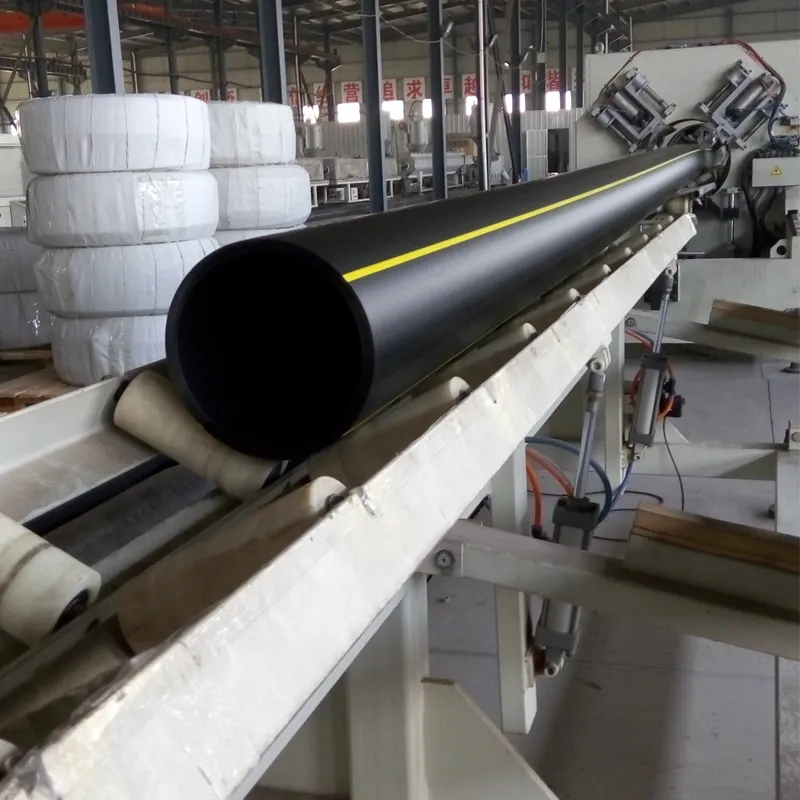
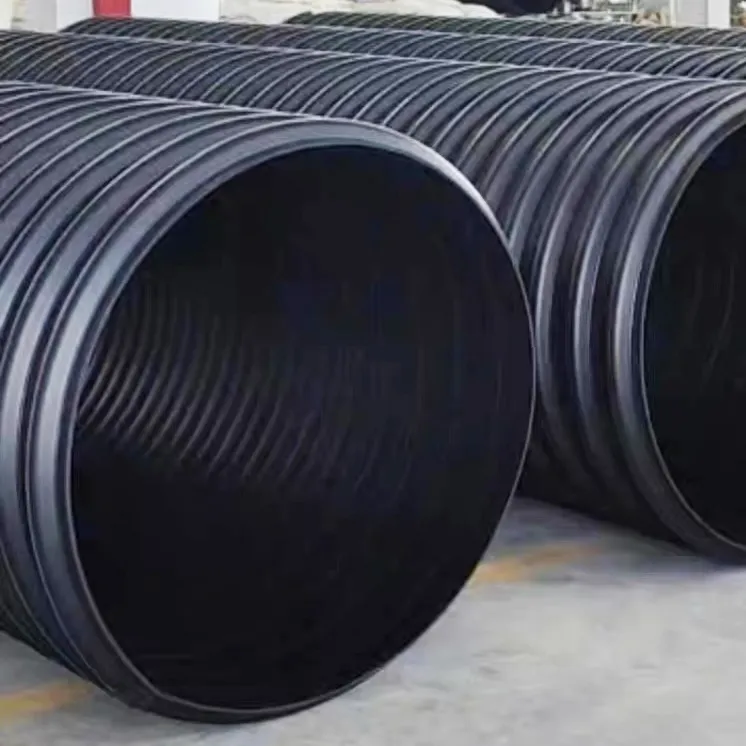
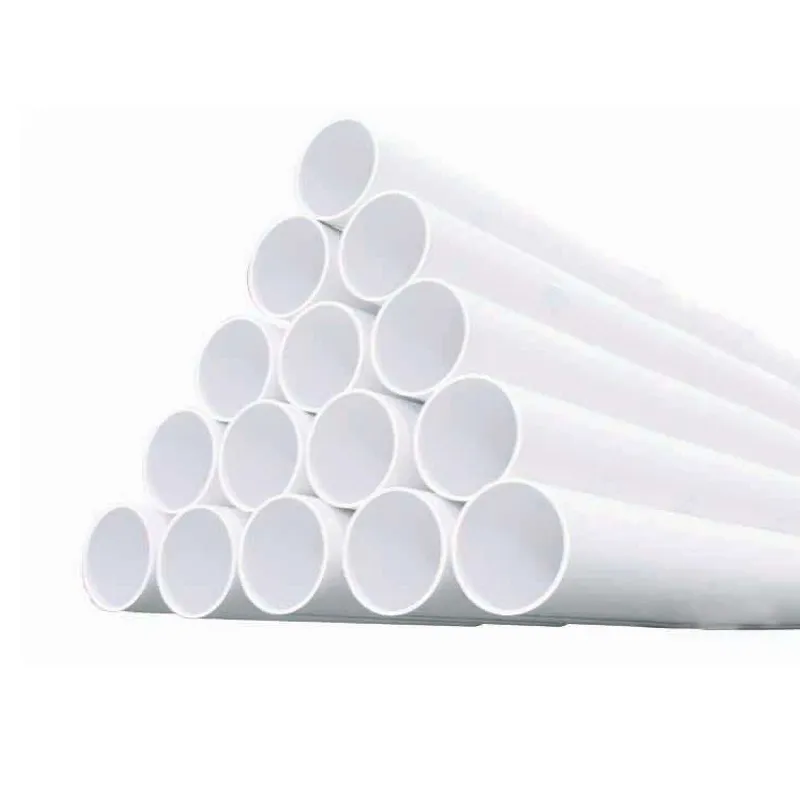
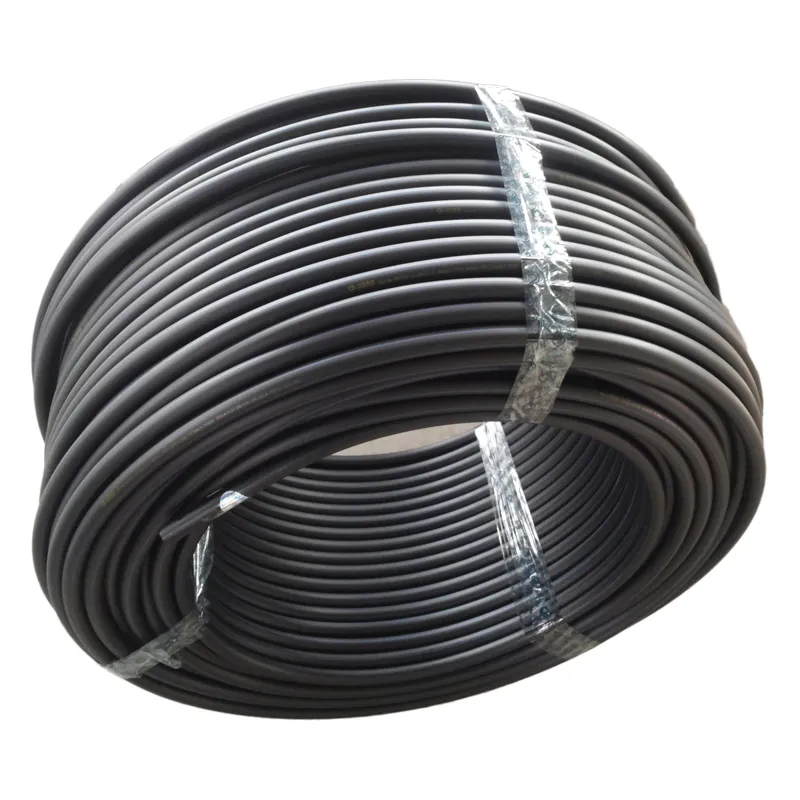

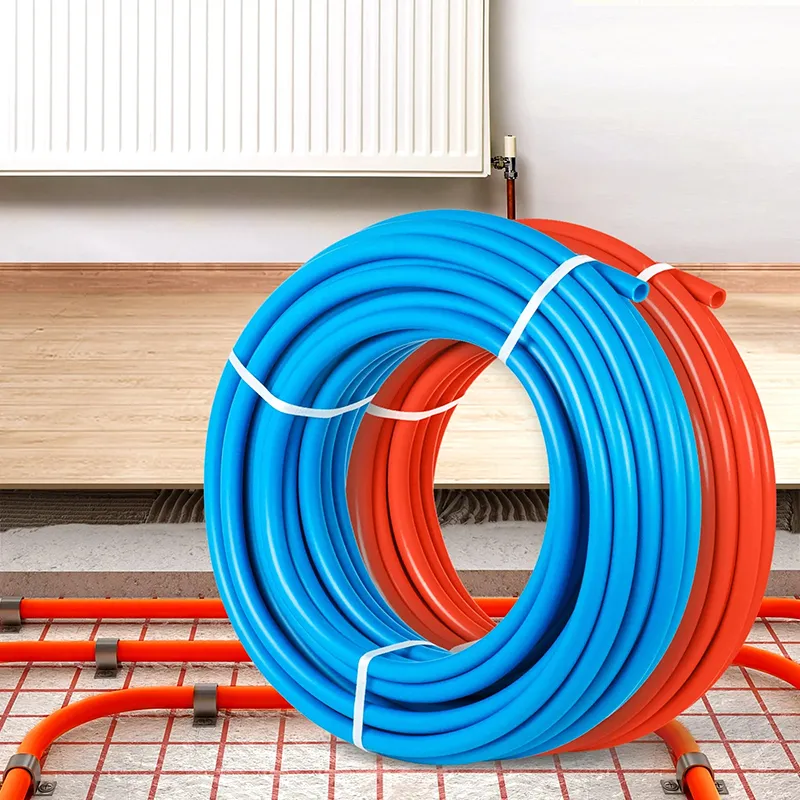

294.webp)
476.webp)
420.webp)
146.webp)
460.webp)
287.webp)
274.webp)
688.webp)

